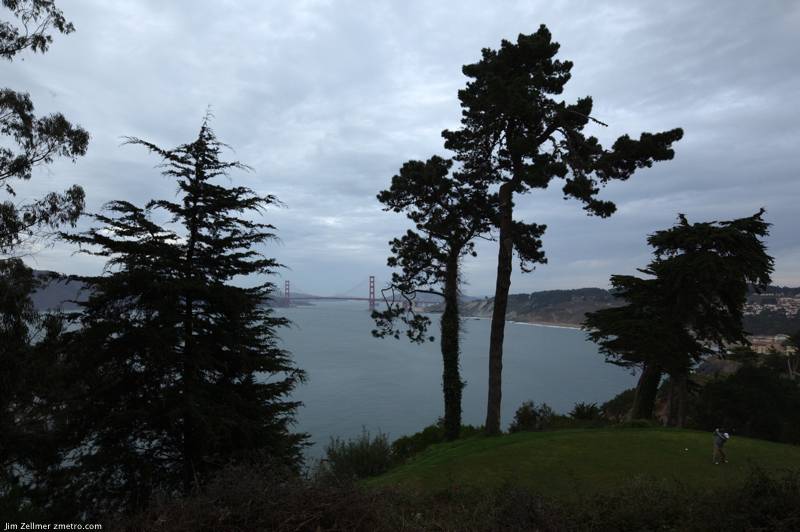350K PDF. My dusk Hardy photo appears on the cover of their annual report. It was a beautiful evening. Much more on the Hardy Gallery, here.
Category: Photography
Christmas: Lyon – Turin – Parma – Florence – Bologna – Venice; a Few Recommendations
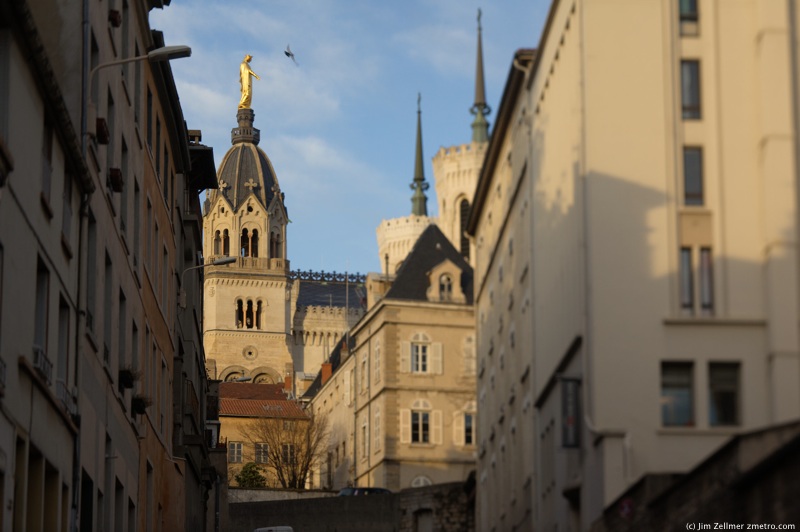
Lodging recommendations & comments:
- Lyon, France: Artelit. A superb location with a fabulous proprietor. Frederic Jean’s friendship and professionalism was a joy to experience, particularly when facing a very difficult parking situation! Highly recommended.
- Turin: Best Western Hotel Piemontese. A surprisingly spacious facility, conveniently located near the rail station, bus stops and a number of Turin destinations. Great service and a surprisingly extensive breakfast.
- Parma: A number of hotels were closed over Christmas. We stayed here: Vittorio Dalla Rosa Prati. Friendly service and a fabulous location adjacent to the Baptistry. Rooms include a refrigerator, sink and range so one can shop at the nearby markets and prepare meals.
- Florence: Relais Uffizi. A charming, small find next to the Uffizi Gallery Musuem. Close to everything with very helpful staff.
- Bologna: Albergo Centrale. Tremendous location in a fascinating city. Don’t forget the gelato, which was poetic.
- Venice: Hotel Antico Doge. Very helpful staff with superb restaurant recommendations. Well located, but smoke seemed to be present in the room, unfortunately.
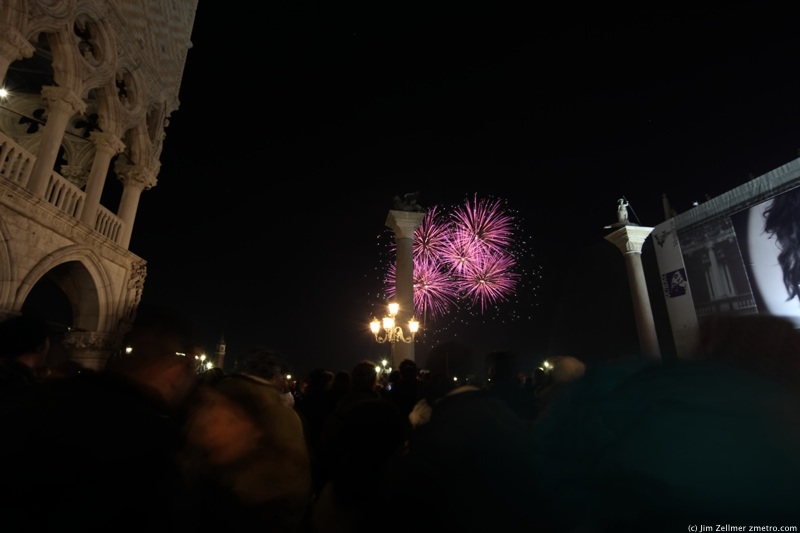
I am very thankful to have “met” Madeline Jhawar, who suggested the stops in Turin, Parma and Bologna. I am grateful for her assistance and intelligence. I also took a look at Lonely Planet’s suggestions, the New York Times travel section and Karen Brown.
We rented a car from Europcar, flew via Lufthansa (insufferable coach seats in my experience but very friendly staff) and used buses, trams, water buses, gondolas and most of all our feet.
On Sugar Plums
The world of dance is very much about the unrelenting and occasionally cruel quest for perfection. I’ve worked with many dancers, and have made what I naively thought to be a worthwhile or even beautiful photograph, only to have the perfectionist inside the dancer rise up and shred it. “Ooh, no. You can’t use that, look at the position of my ring finger on my left hand!” I am only being midly facetious here. Ballet demands perfection, which of course is unattainable. Any dancer who sticks with it has heard the call to be perfect, in their head, and perhaps in their dreams. I would speculate many a little girl, as they take their first stumbles in toe shoes, has drifted to sleep with visions of being lifted into the lights before adoring thousands, and then drowning delightfully in a sea of tossed roses from a rapturously applauding audience.
More often, though, the call to perfection is more of a bark, harsh and unforgiving, from a dance master or mistress, or a choreographer, who, understandably driven by their own sense of discipline and vision, pushes the dancer to that point where the laws of gravity simply fall away. As Balanchine once said, “Dance is music made visible.” That’s hard to do. I was blessed to work briefly for ABT and made this picture of the magnificent Marcelo Gomes and Julie Kent, who together and apart, are the epitome of grace and elegant lines. As they took this position, I was stupefied at the exacting nature of the choreographer, and the giving nature of the dancers, striving to bend their bodies to his will.
Tropical Flowers on a Wintry Night
Happy Thanksgiving!
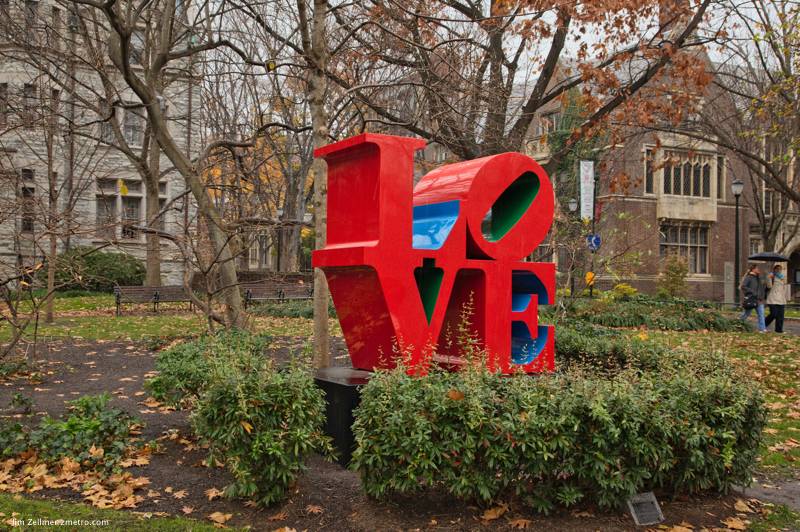
Golf @ The Golden Gate
Stanley Kubrick Fotografo 1945-1950, Venice
When I was in Venice a couple of weeks ago I caught the Stanley Kubrick Fotografo 1945-1950 show at the Istituto Veneto di Science.
Kubrick started his career, not with moving images but with stills
He started shooting when he was just 17 years old for ‘Look’ magazine
It is an interesting exhibition for many reasons, with some very beautiful images
Even in his very early work you can see the visual language of his great movies
You get to see the very ‘seeds’ of his work, they are movies in still form
With a few notable exceptions, you don’t see photojournalism ‘per se’ at work.
What you do see is beautifully directed still images and in my opinion is all the more interesting for that.
Carl Bloch Paintings Panorama
The Brigham Young University’s Museum of Art in Utah US opens on November 12 an exhibition with paintings by the 19th century Danish painter Carl Heinrich Bloch. The exhibition will run until May 7
Carl Bloch became famous as religous painter after he was commisioned to paint 23 new paintings from the bible in the Kings Oratory (Kongens Bedekammer) at Frederiksborg Castle. The original paintings had been destroyed in the big fire in1859 which destroyed large areas of the castle.
I was commissioned by the Brigham Young museum to photograph panoramas from all the Danish and Swedish churches where Carl Bloch’s altar paintings are found.
Some of these original paintings have been lend to the exhibition in US.
However the most important panorama was the panorama from the Kings Oratory. These paintings are his main religous work which his church altar paintings are based on.
God’s Glorious Fall Colors

Madison has been blessed with a glorious fall.
A Beautiful Saturday Morning @ The Farmer’s Market
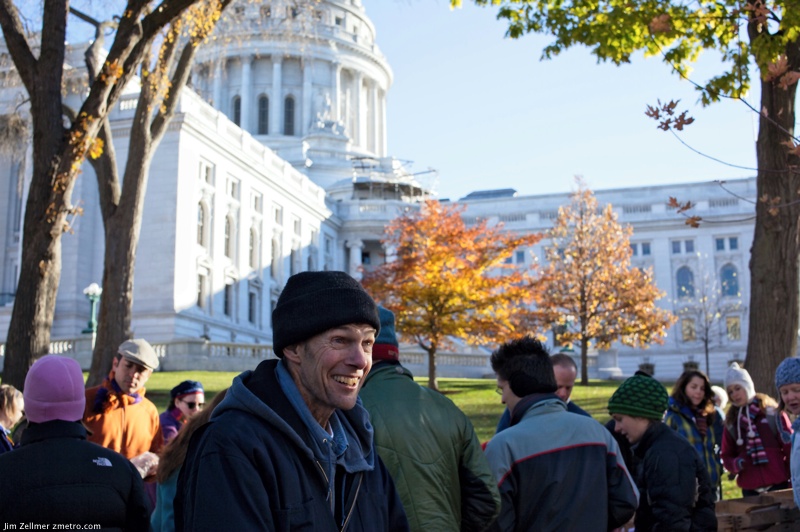
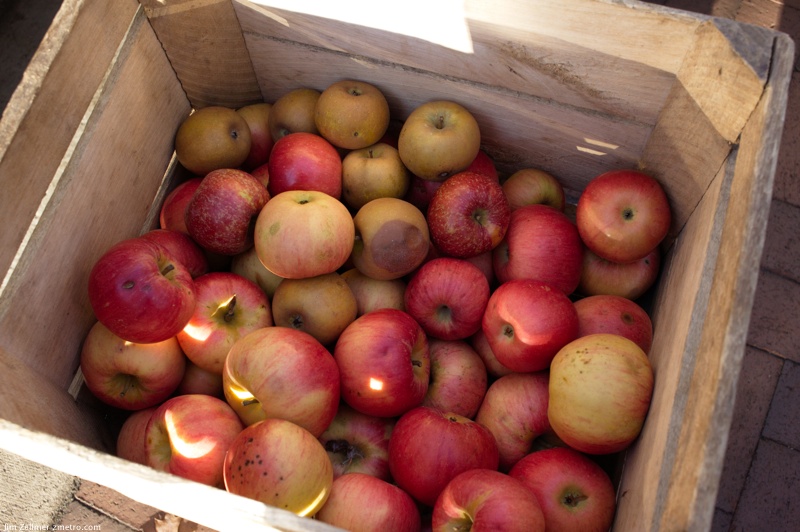
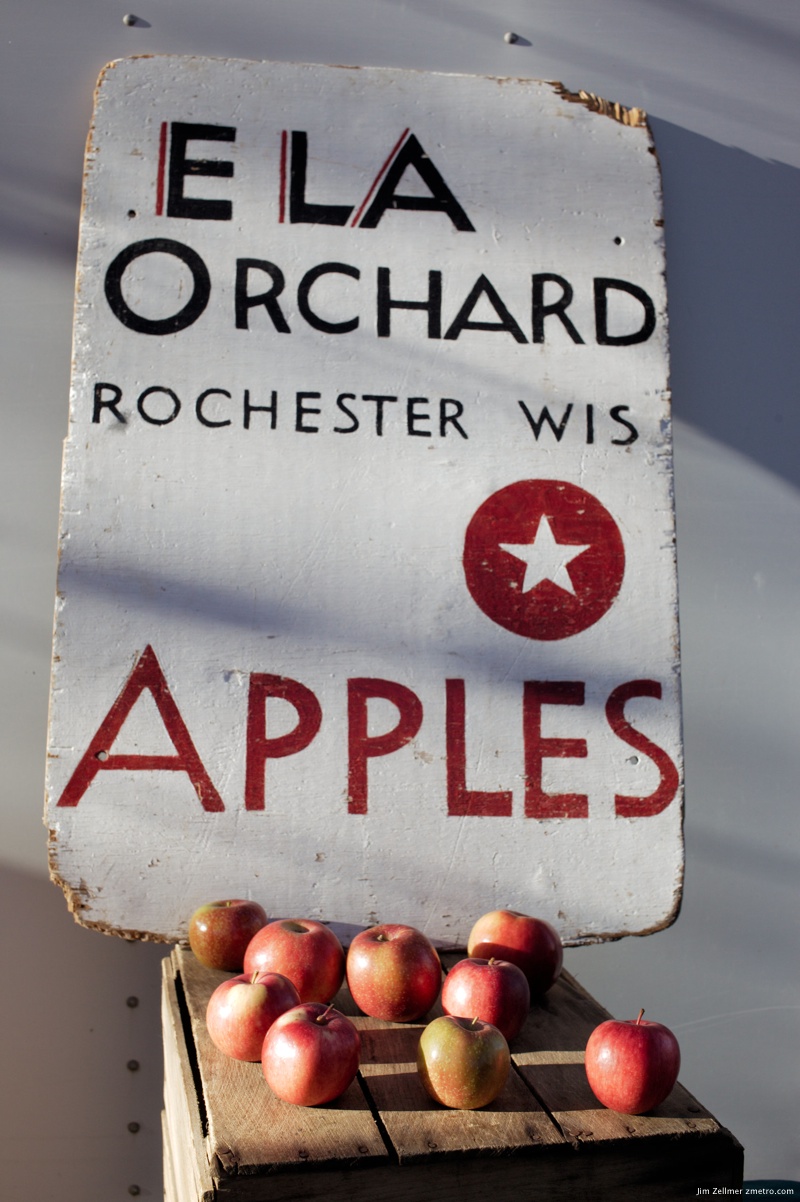

A few photos taken at Ela Orchard’s space. Their apples are, of course fabulous.


